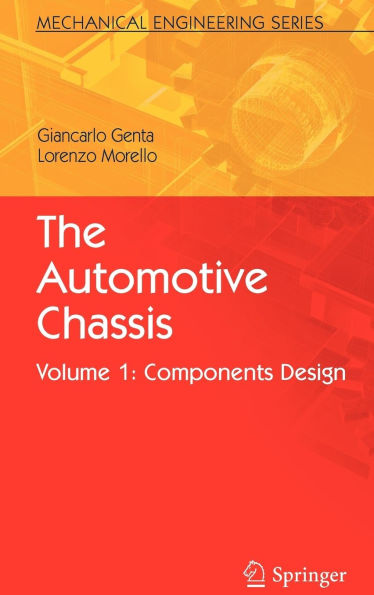The Automotive Chassis: Volume 1: Components Design
The aim of the book is to be a reference book in automotive technology, as far as automotive chassis (i.e. everything that is inside a vehicle except the engine and the body) is concerned. The book is a result of a decade of work heavily sponsored by the FIAT group (who supplied material, together with other automotive companies, and sponsored the work). The first volume deals with the design of automotive components and the second volume treats the various aspects of the design of a vehicle as a system.
1101670715
The Automotive Chassis: Volume 1: Components Design
The aim of the book is to be a reference book in automotive technology, as far as automotive chassis (i.e. everything that is inside a vehicle except the engine and the body) is concerned. The book is a result of a decade of work heavily sponsored by the FIAT group (who supplied material, together with other automotive companies, and sponsored the work). The first volume deals with the design of automotive components and the second volume treats the various aspects of the design of a vehicle as a system.
84.99
In Stock
5
1

The Automotive Chassis: Volume 1: Components Design
627
The Automotive Chassis: Volume 1: Components Design
627Hardcover(2009)
$84.99
84.99
In Stock

Product Details
| ISBN-13: | 9781402086748 |
|---|---|
| Publisher: | Springer Netherlands |
| Publication date: | 02/13/2009 |
| Series: | Mechanical Engineering Series , #1 |
| Edition description: | 2009 |
| Pages: | 627 |
| Product dimensions: | 6.30(w) x 9.30(h) x 1.20(d) |
About the Author
From the B&N Reads Blog
